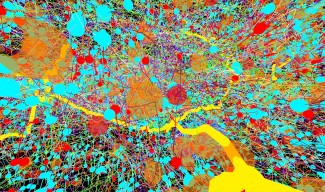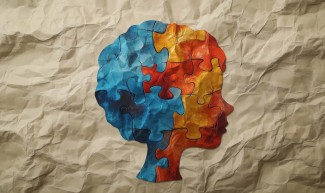For the first time, Claire Wyart's team has shown in the zebra fish, the existence of a sensory system within the spinal cord, capable of detecting and modulating movement. Identification of other parameters that can activate this system, and thus regulate movement, could have a considerable impact, particularly in case of spinal cord injury.
In order to understand the mechanisms involved during movement, researchers from Claire Wyart's team( Claire is team leader at the Brain and Spine Institute - Inserm – CNRS – UPMC) are studying motor control in zebrafish, a small transparent vertebrate. Through it, they have just highlighted, for the first time, the role of a particular type of neurons. Sensory neurons implemented in the spinal cord are capable of detecting the tail curve and thus the movement, while the fish is swimming. Then They send a message to the motor system which increases the fish's ripple frequency and thus its swimming speed. And this, without passing through the brain !
Urs Lucas Böhm and Andrew Prendergast, have disabled this detection system using new mutagenesis techniques (based on the use of TALEs sequences). When the curve detection is absent, the swimming performance of the fish takes much longer. This sensory system allows, therefore, to maximize the swimming speed and the frequency at which the animal swims. It acts on the musculoskeletal system to optimize travel speed . These sensory neurons are located in the spinal cord ventral region, considered as a motor unit. It is therefore through their unusual location that these neurons can directly modulate motor circuits activity.
This discovery questions the classical idea of the spinal cord organization and traces new paths to understand the function of this sensory system in vertebrates. Lydia Djenoune, team member, had shown that this system is preserved in vertebrates. But does it have the same function in mammals as in fish? Is it also sensitive to movement ? Interestingly, these sensory neurons detecting motion may also detect concentration variations of specific molecules released by the brain. Which other molecules influence these neurons and thus movement ? Their identification could have a significant impact on the understanding of the functioning of sensory and motor systems in humans.
Sources
CSF-contacting neurons regulate locomotion by relaying mechanical stimuli to spinal circuits.







